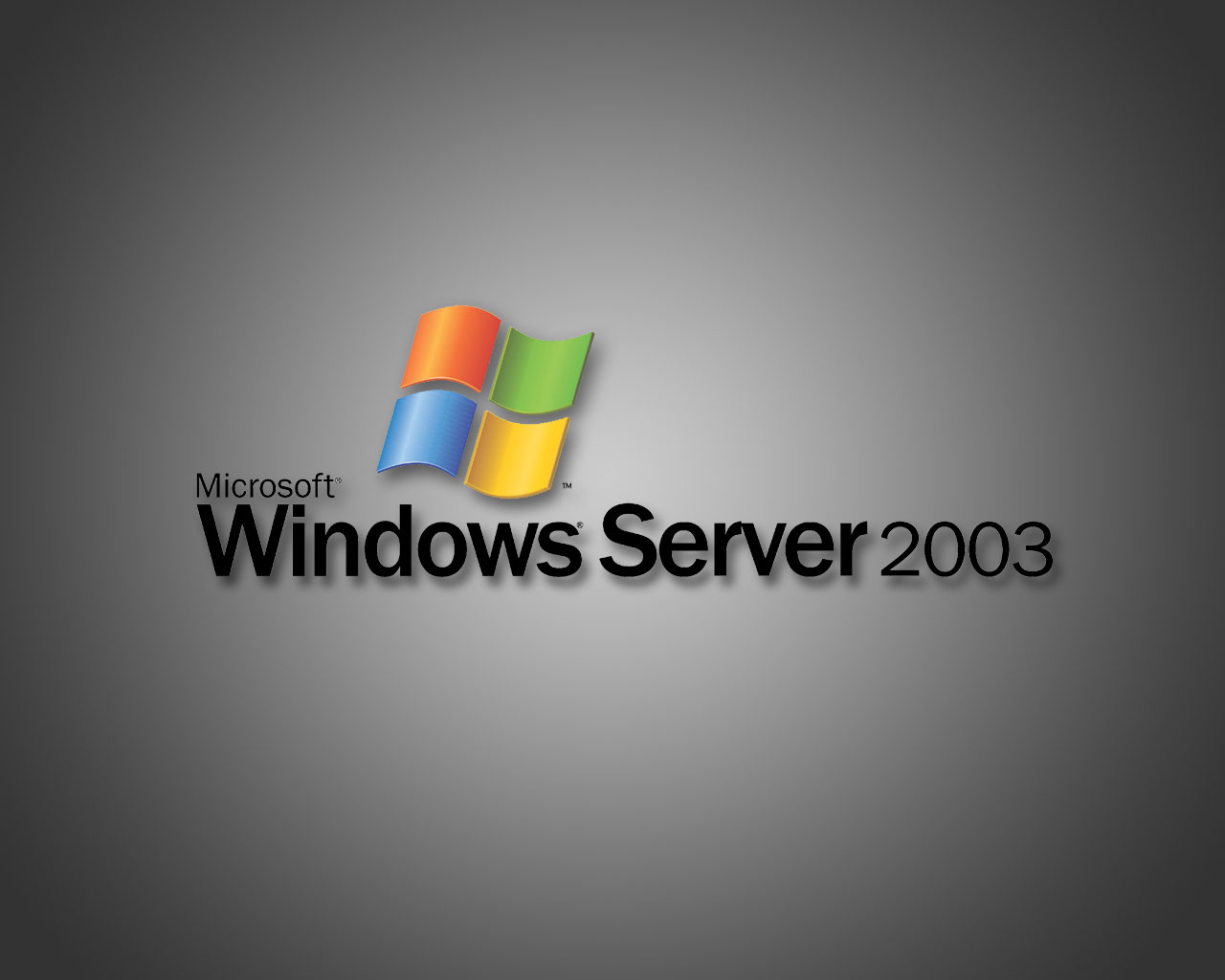

Latest release seems to have been in March 2025. The version you get would depend on how you installed it. For Ubuntu/Kubuntu it looks like maybe they point to the Snap store? I have no idea how well that works and personally would avoid it.
Did you do that, or, download a deb or install “printer-driver-gutenprint” via apt?
In another comment you said you have the Canon proprietary driver. I think you would need the CUPS driver for this to work.
I didn’t do this recently enough to remember what the process looked like. But in your situation I would probably try to uninstall everything print related, reboot, and then start with sudo apt update -y && sudo apt install printer-driver-gutenprint and see where that gets me.


It’s Munster on the list, a washed-rind cheese from France. Muenster cheese in America is probably somewhere down around a used Ford Focus.